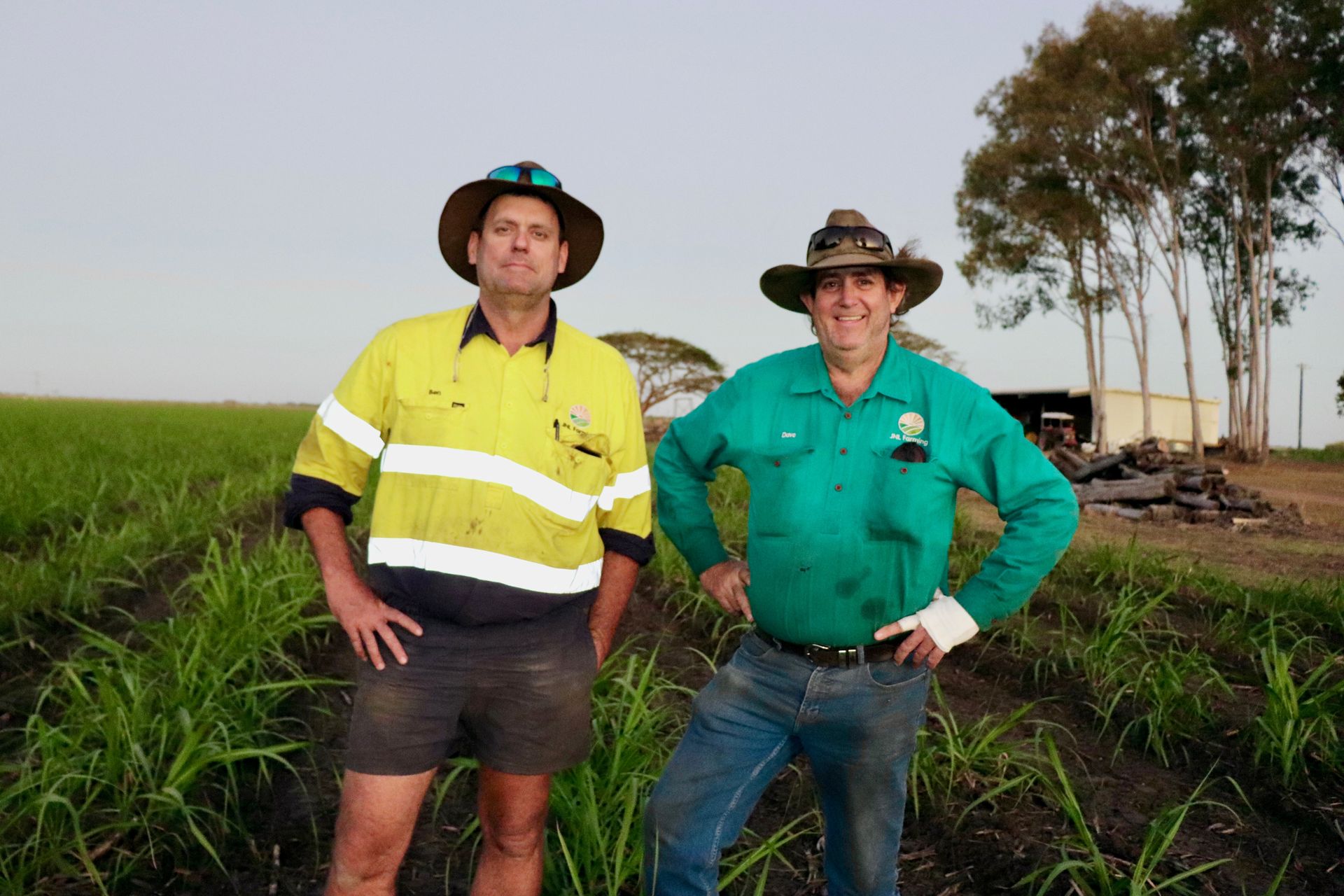1MG FlippingBooks
A stronger, safer, smarter ute for work and play
The next-gen Mitsubishi Triton ute is the latest incarnation in an evolution of tough, reliable vehicles, that began in 1937.

Mitsubishi built the PX33, a four-wheel drive prototype sedan, for military use in 1937, so it has a long history of making vehicles built for rugged conditions. But, Paul Fazldeen, Sales Manager at Toowong Mitsubishi in Brisbane, says the recently launched All-New Mitsubishi Triton ute is an entirely new build, with a new chassis frame and redesigned suspension system. “And the engine is more efficient and powerful being bi-turbo, having small and large turbochargers for different conditions,” Paul says.
As for fuel efficiency, according to a review by the Royal Automobile Club of Victoria: “Fuel economy is improved in the 2024 Mitsubishi Triton with a claimed fuel economy figure…of 7.7 Litres per 100 kilometres, reduced from 8.6 litres.”
Paul adds, “The new Triton also includes an Adblue tank, which is refilled every 6 to 12 months to reduce greenhouse emissions.” Made from synthetic Urea, Adblue is a diesel exhaust fluid which reduces the emission of harmful gasses.
Mitsubishi takes safety very seriously, which is why the new Mitsubishi Triton is the first Dual Cab Utility to earn a 5-star ANCAP (Australasian New Car Assessment Program) safety rating. It has dual frontal airbags, multiple side airbags, and driver’s knee and centre airbags fitted as standard across the range.
Paul says the next generation Triton also has increased camera resolution and overhead view which, with the larger display screen, also makes the vehicle safer. It has Rear Cross Traffic Alert, Lane Departure Prevention and Emergency Lane Assist, Adaptive Cruise Control, and a Driver Monitoring System that detects if the driver is becoming drowsy or distracted, triggering an audio and visual alert.
Arguably the best news for Australian farmers is that standard models come with an increase in towing capacity, up from 3.1 tonnes to 3.5 tonnes and the Trailer Stability Assist helps prevent “trailer swing”. The new Triton ute also has increased carrying capacity and an optional front steel bar. And it now comes with a 10-year, (up from 5-year) 200,000 kilometre warranty, 10-year capped-price servicing, and Auto Club Roadside Assist. Additionally, farmers who are members of farming associations can access fleet-level pricing.
But the new Triton is not all about work. The roomier cabin has ergonomic seating, Apple CarPlay, Android Auto, and a new 9-inch centre touch-screen display. “It is also a much smoother ride,” Paul says. “Its improved suspension provides improved dampening and noise reduction.”
“Mitsubishi customers have a well-founded expectation of reliability and after-sales service,” Paul says. “Farmers can’t afford the downtime if a vehicle breaks down; the new Triton definitely ensures reliability.”





















